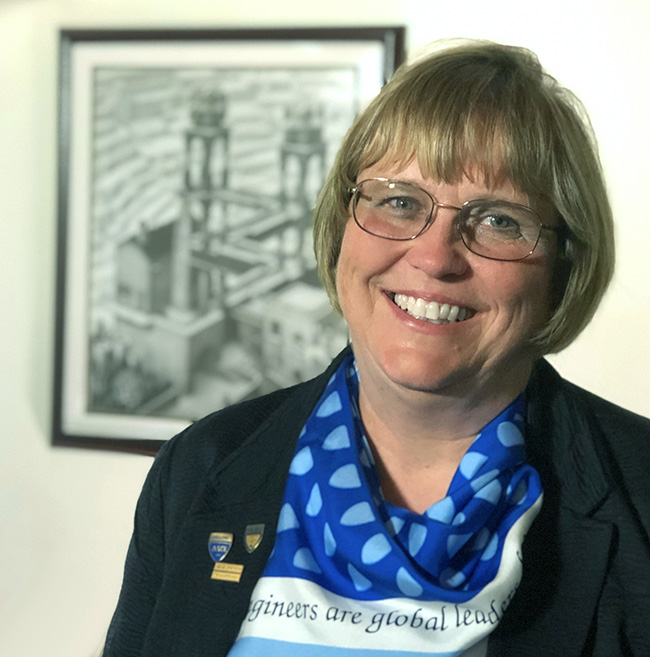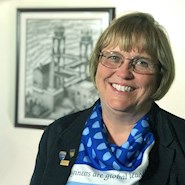By Maria C. Lehman, P.E., ENV SP, F.ASCE

The most important thing we do as civil engineers is to inspire the next generation of engineers and mentor them to resounding success.
To ensure this success and help young civil engineers build solid foundations, we need to reshape engineering education to encompass an expanding breadth of technical knowledge while equipping students with the power skills to lead the world in a tumultuous time.
In April, more than 100 educators from across the United States gathered at ASCE’s 2023 Civil Engineering Education Summit to share adoption-ready transformations created by the National Science Foundation’s Professional Formation of Engineers: Revolutionizing Engineering Departments program.
These resources are designed to equip educators with the skills to accomplish academic change goals, access industry partners who can help create change, engage with a robust network of change agents, and identify opportunities to revamp our profession and our global society. This is the first step in the revolution.
Our work so far has identified four objectives to promote educational change in curricula: (1) reexamine, and perhaps redefine, the domain of civil engineering; (2) elevate professional skills to an equal footing with technical skills; (3) develop a diverse, inclusive, equitable, and engaging culture in the profession; and (4) foster an ongoing commitment to transformative education.
Right now, we have a workforce crisis. According to independent data from the U.S. Bureau of Labor Statistics and the American Council of Engineering Companies, the next decade will see a shortage of 85,000 engineers. In the past decade, universities’ civil engineering enrollments have been flat. We need to start with a blank sheet of paper and create a vision that will ignite excitement in our profession.
The ’60s had a moonshot. We have an earth shot: the ability to create a better future for all on our planet. Now let’s translate that excitement to undergraduate education. Let’s revamp what we teach, how we teach it, and how we reward schools that embrace the revolution.
To truly break through, we need all professors in civil engineering departments across the country to be active ASCE members who start the mentoring process at the university level. Only a third of our professors are members. How can they ignite a passion for the profession if they themselves don’t participate in all ASCE has to offer?
ABET (Accreditation Board for Engineering and Technology) requires all professors to join a professional society. While there are many societies, ASCE is the largest publisher of civil engineering content on the planet, the largest provider of technical content reaching broad cross-disciplinary and cross-sector audiences, and the biggest and most effective advocate for the profession and infrastructure funding at all levels.
Furthermore, ASCE is a nonprofit whose fundamental purpose in its charter is to educate. Most employers in government, academia, and the private sector have money in their budgets for education and professional development. Since ASCE membership includes 10 free professional development hours per year, it’s very appropriate that those budgets be used for paying ASCE dues. If your employer doesn’t have that policy, ask why.
And if you are starting a new job, make that a term of employment.
No matter where you are in your career, we as civil engineers are at the forefront of building a better tomorrow — through the work we do and the future engineers we inspire. With our world and our profession entering an exciting era of transformation, it’s time for us to capture the moment by making those exciting changes that create the glide path for the next three to four decades.
Because ultimately, a building is only as strong as its foundation.
Maria C. Lehman, P.E., NAC, ENV SP, F.ASCE, is the 2023 ASCE president.
This article first appeared in the May/June 2023 print issue of Civil Engineering as “Transforming the Foundation of Civil Engineering.”



